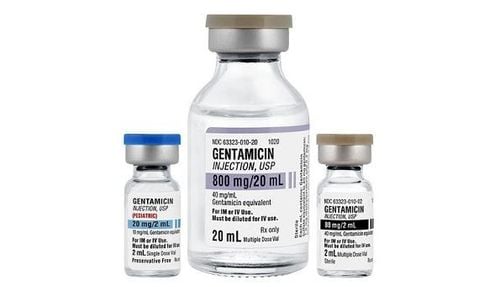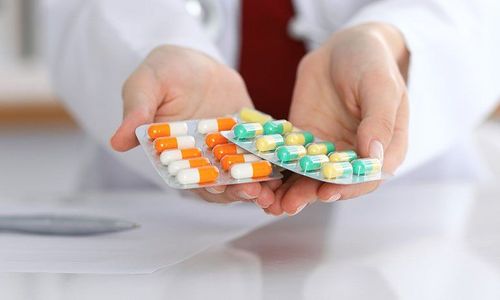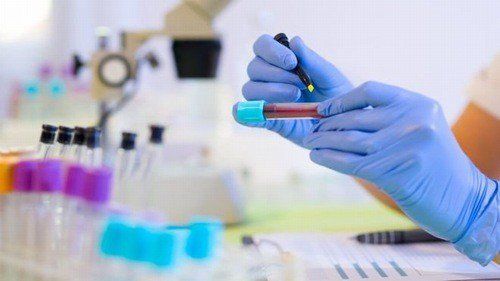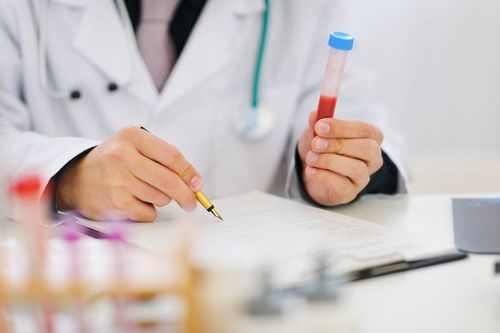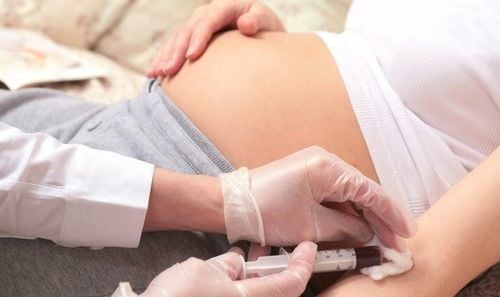This is an automatically translated article.
The article was written by Doctor Nguyen Thi Thuy Hang - Laboratory Department - Vinmec Times City International General Hospital.Taking samples is the first and most important step in the whole Microbiological testing process, taking the right specimens will give accurate results. and vice versa. Meanwhile, microorganisms are present everywhere, so it is easy to take samples from outside.
1. What is bacteriophage staining?
Bacterial microscopy is the staining of bacteria from a patient specimen, examined under a microscope with high magnification. From there, observe the shape, color capture, size and arrangement; evaluate cell types and the relationship between bacteria to this cell (bacteria inside or outside the cell) to determine the type of bacteria.
This technique is simple, easy to implement, fast with results but requires experienced operators.
2. How to do it
2.1. Sampling Specimens are items taken from an infected patient's site to look for disease-causing bacteria. Therefore, depending on the type of disease, the technique of taking samples is different. Specimen can be feces (intestinal infection), urine (urinary tract infection), blood (bacteremia), cerebrospinal fluid (meningitis),...
Microorganisms are present everywhere everywhere (in soil, water, air and even on the human body). For accurate microbiological test results, specimen collection is the most important part of the testing process. If the specimen is taken incorrectly, any later-stage testing will be meaningless.
Correct specimen collection must ensure 3 principles:
Right place: right place where many bacteria and bacteria are multiplying Right time: right time when there are many microorganisms in the specimen (eg before use antibiotics or 24 hours after stopping antibiotic use) Ensure aseptic technique: do not introduce bacteria from outside into the specimen and do not infect the patient. When out in the environment, microorganisms die very quickly, so the collected specimens must be transported as quickly as possible to the laboratory or stored at an appropriate environment and temperature.
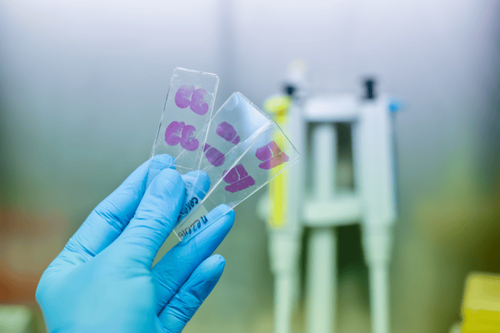
Mẫu bệnh phẩm được nhuộm màu
2.2. There are many staining techniques such as Gram staining, Ziehl-Neelsen staining, methylene blue staining, Giemsa staining, silver staining... Gram (+) and Gram (-) staining and Ziehl-Neelsen staining for the detection of acid-fast alcohol-resistant bacilli, including tubercle bacilli.
During testing, always control the quality by conducting internal control (QC), external control (EQA).
2.3. Evaluation of results Each type of specimen, each type of test to find different bacteria will have different results. However, the results of the smear test are often only valuable for preliminary diagnosis and orientation for the next steps of testing. Only in some cases, when the microorganism has a special morphology, can the diagnosis be confirmed.

Thực hiện soi vi khuẩn nhuộm qua kính hiển vi
3. Matters needing attention
Taking samples is the first and most important step in the whole Microbiological testing process, taking the right specimens will give accurate results. and vice versa. Meanwhile, microorganisms are present everywhere, so it is easy to take samples from outside.
Therefore, specimen collection should be performed by trained medical personnel. It is best to take samples for microbiology testing, which should be done at a medical facility, limit collection at home, or carefully instruct patients on how to collect samples themselves.
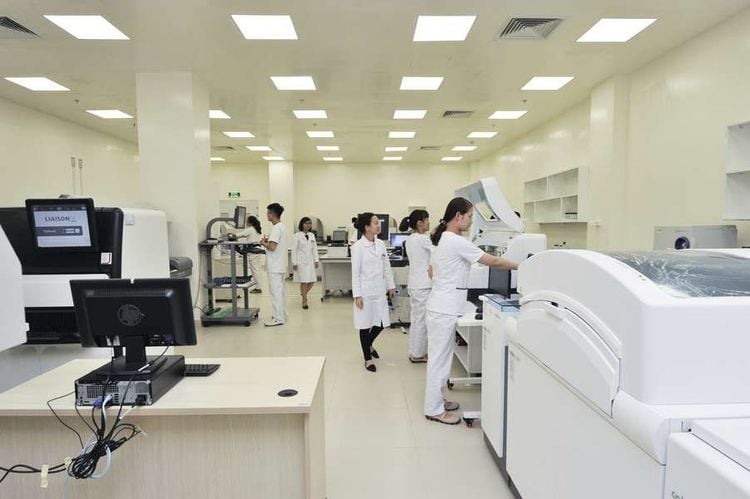
Các xét nghiệm cần được thực hiện tại cơ sở y tế uy tín
Vinmec International General Hospital is one of the hospitals that not only ensures professional quality with a team of leading medical doctors, modern equipment and technology, but also stands out for its examination and consultation services. comprehensive and professional medical consultation and treatment; civilized, polite, safe and sterile medical examination and treatment space. Customers when choosing to perform tests here can be completely assured of the accuracy of test results.
Customers can directly go to Vinmec Health system nationwide to visit or contact the hotline here for support.
MORE:
Commonly used molecular biology tests Common types of immunoassays What is a microbiological test?





